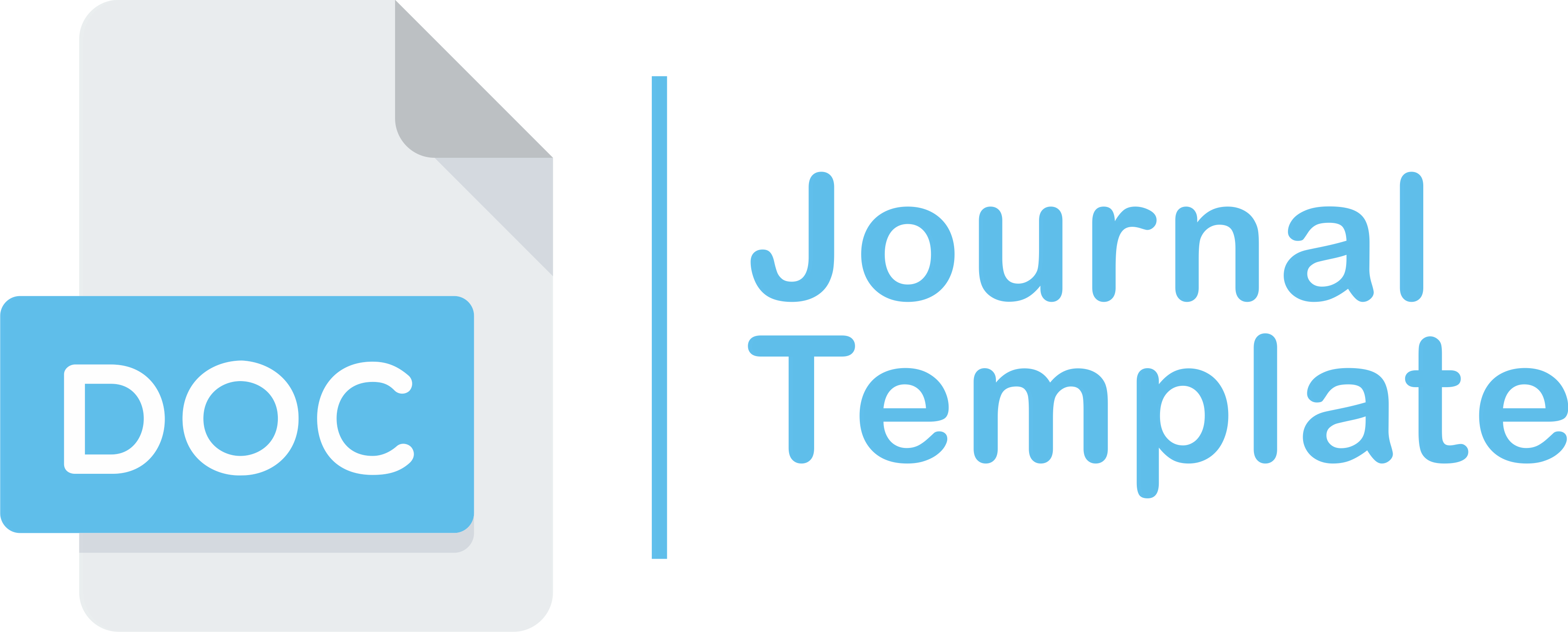POTENSI PUPUK KOTORAN KELINCI DAN PUPUK ANORGANIK PADA TANAMAN TOMAT
Rabbit manure fertilizer, Anorganik fertilizer, Tomato seeds
DOI:
https://doi.org/10.33061/innofarm.v26i1.10032Abstract
The research was conducted from May to December 2023 at the UNISKA Kediri Field Laboratory. The aim of the research was to determine the interaction of giving organic fertilizer from rabbit droppings and inorganic fertilizer on tomato growth and production. The materials used are two types of rabbit manure, namely solid and liquid, inorganic fertilizer NPK 16:16:16 and tomato plant seeds. RAKF research method (Randomized Group Factorial Design). The first factor is rabbit manure fertilizer, consisting of two levels, the second factor is inorganic fertilizer consisting of 4 levels, so that 8 treatment combinations are obtained. After the data is obtained, an analysis of variance is carried out and continued with BNT 5% if there is a real influence on a single factor and a DMRT test is carried out if an interaction occurs. It was found that solid rabbit manure had a very significant effect on the number of leaves, plant height, stem diameter, number of fruit and fruit weight. Inorganic fertilizers have a significant effect on the number of leaves, plant height, stem diameter, number of fruit and fruit weight. The best rabbit manure treatment is solid rabbit manure (K1) and the best inorganic fertilizer treatment is NPK 16:16:16 fertilizer treatment with doses of 5 grams and 7.5 grams.
Downloads
Published
Issue
Section
License
Copyright (c) 2024 Widyana Rahmatika, Wasito Wasito, Satriya Wibawa Satriya Wibawa, Tri Handayani, Nur Fitriyah

This work is licensed under a Creative Commons Attribution-NonCommercial 4.0 International License.
Authors who publish this journal agree to the following terms:
- Authors retain copyright and grant the journal right of first publication with the work simultaneously licensed under a Creative Commons Attribution License that allows others to share the work with an acknowledgement of the work's authorship and initial publication in this journal.
- Authors can separately make additional contractual arrangements for non-exclusive distribution published by the journal (e.g., publish it in a book), with an acknowledgement of its initial publication in this journal.
- Authors are allowed and encouraged to send their work via online (e.g., in the institutional repositories or their website) after published by the journal.


















